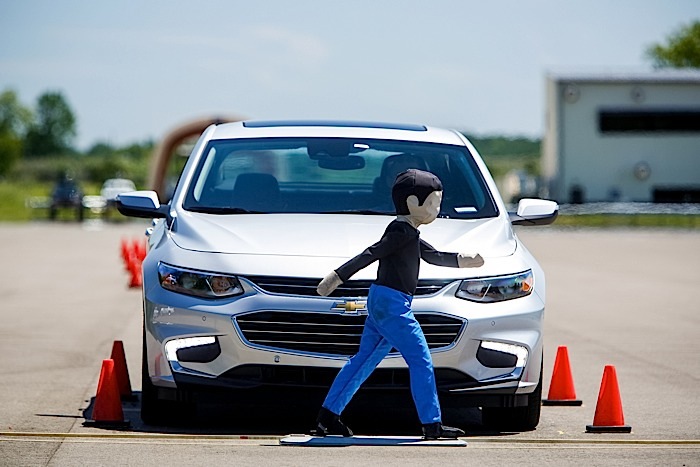Tire Tread Wear: Causes And Symptoms
Tire tread wear can tell you a lot about what is wrong with a car’s suspension. Here are the most common tread wear patterns and what causes them.
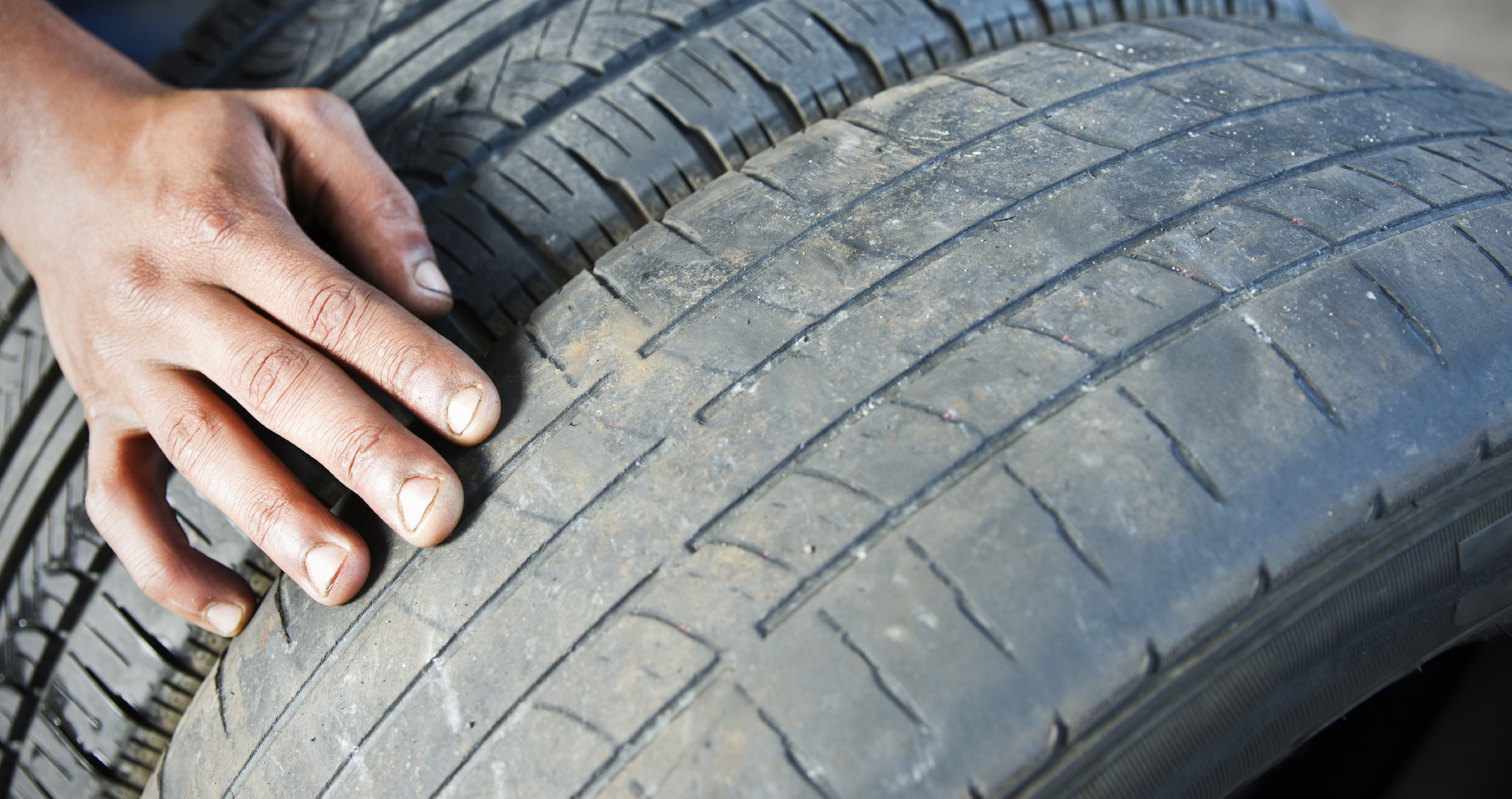
GM Power Steering Noise/Leaks
Some customers may comment that their vehicle is experiencing a power steering noise/whine or fluid leak from the power steering pump, gear or high-pressure power steering hose during extremely low outdoor temperature operation.
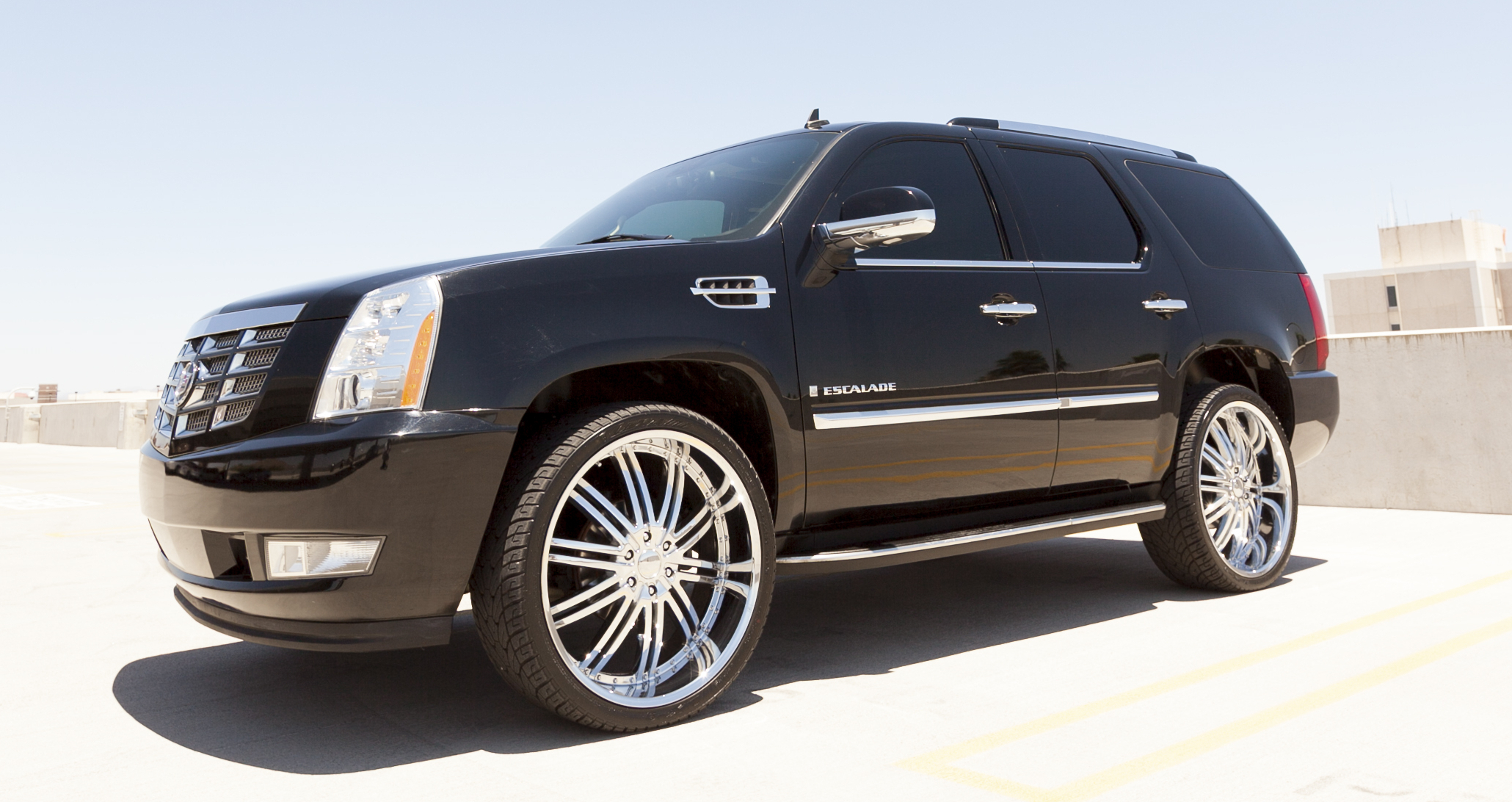
Complete Clutch Replacement: No Noise, No Comeback
Diagnosing clutch and manual transmission noise can be a difficult diagnosis. There is no way of attaching a scan tool or looking into the bellhousing while the clutch is under load. Clutch diagnostics requires logic and understanding of how the parts interact.

Brake Pads: Understanding Friction And Formulations
How the components in the friction material shear, break and interact during braking can determine a pad’s friction level, noise and wear characteristics.
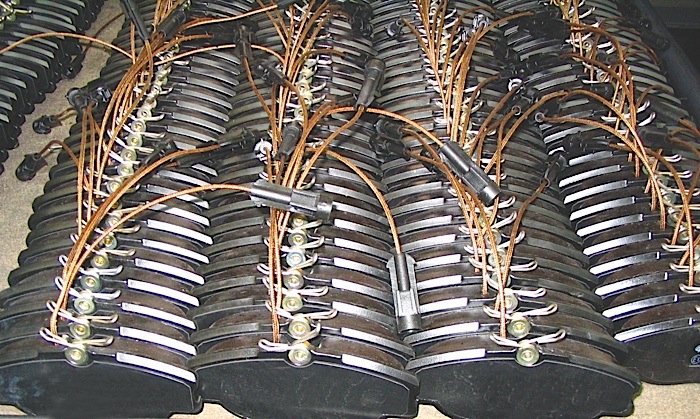
Power Steering Dynamics And Diagnostics
Twenty-five years ago, when the power steering failed, diagnosing the system was easy. The most difficult problem to diagnose was the “morning sickness” that plagued some vehicles when they were cold. Today, the introduction of speed sensitive steering, electric power steering and computer controls have made power steering diagnostics more demanding.
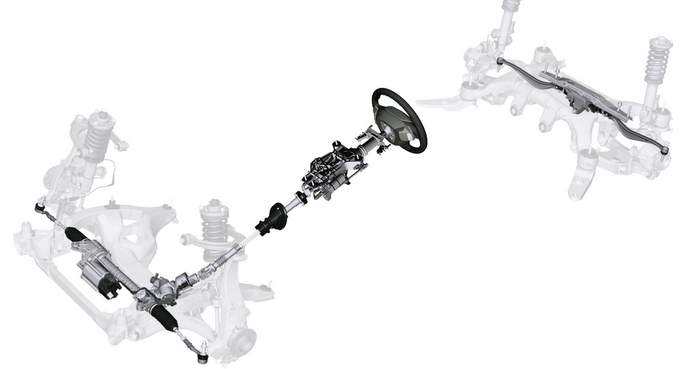
Torque And Runout: Measure Twice, Install Once
There are two critical measurements when installing a modern hub unit or cartridge bearing: torque and runout in the flange. Ignoring these critical numbers to save time will only lead to more comebacks and angry customers.
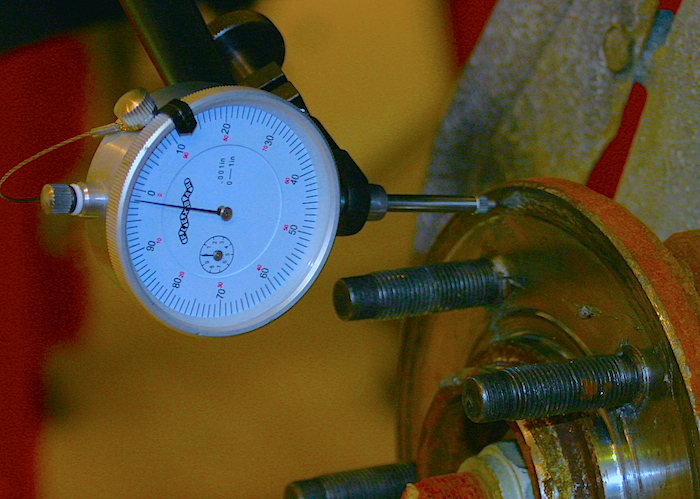
Understanding Wheel Bearing Seals
A seal must always be installed so that the sealing lip is facing the fluid to be sealed. This is because the lip is made so that pressure applied to it from the “wet” side of the seal will tend to increase the pressure the lip applies to the shaft. If the seal is installed backwards, pressure acting on the “wrong” side of the lip will cause it to lift from the shaft, resulting in leakage. On most seals, the correct side is obvious; however, on others it is not.
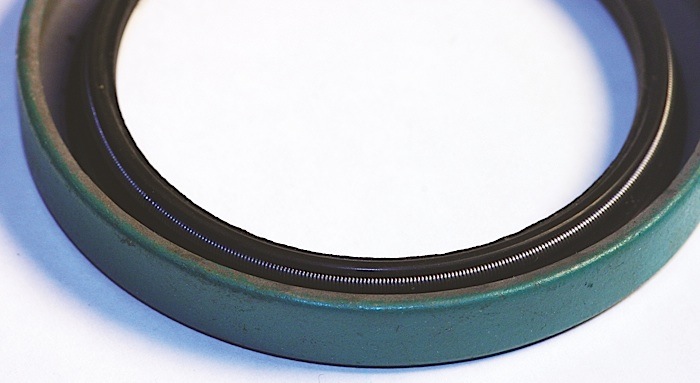
BRAKELIGHT: 1930s and 1940s
BRAKE & FRONT END cartoons from the 1930s and 1950s The cars may have changed, but the humor stays the same.
BRAKELIGHT: Anti-Skid Brakes (April 1972)
Anti-SKID Brakes During World War II, Dunlop developed an anti-lock brake system for high performance aircraft. It was a mechanical system designed to prevent wheel skids when planes landed at high speed on slick runways. In 1958, the first practical automotive ABS system, called Maxaret, was developed by the Road Research Laboratories in Great Britain
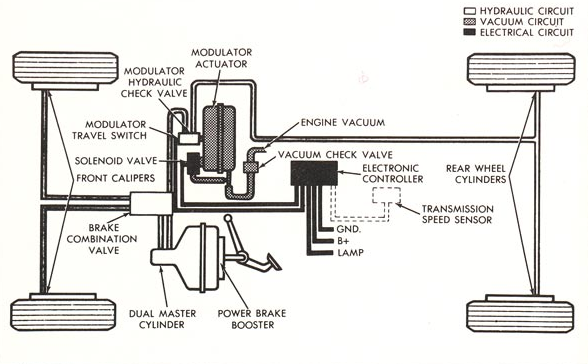
BRAKELIGHT: May 1945
This headline was a little deceptive and sensational. In 1921, the U.S. government started keeping track of road fatalities. By 1945, the total had crossed the 600,000 fatalities mark. U.S. casualties in WWII were around 420,000 by May 1945. Brakes were critical to the war effort. A properly functioning brake system could save fuel by
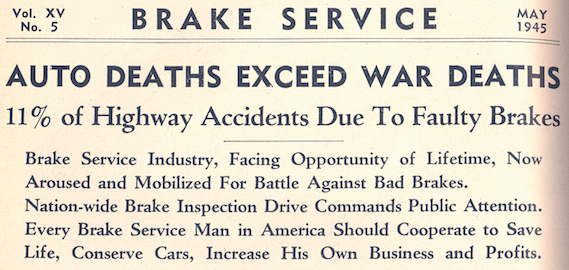
BRAKELIGHT: November 1945
The Uniformed Services Employment and Reemployment Rights Act of 1940 guaranteed that mechanics returning from the service with an honorable discharge could go back to their old jobs at the same wage. Many more soldiers were trained in the armed forces to work on trucks, cars and planes, and came back to open shops of
How To Test Drive A Car To Check For Problems
Test drives on the surface can seem like one of the most unprofitable tasks a technician can perform. But, test drives can be one of the most profitable processes a shop can do to help sell more service.
